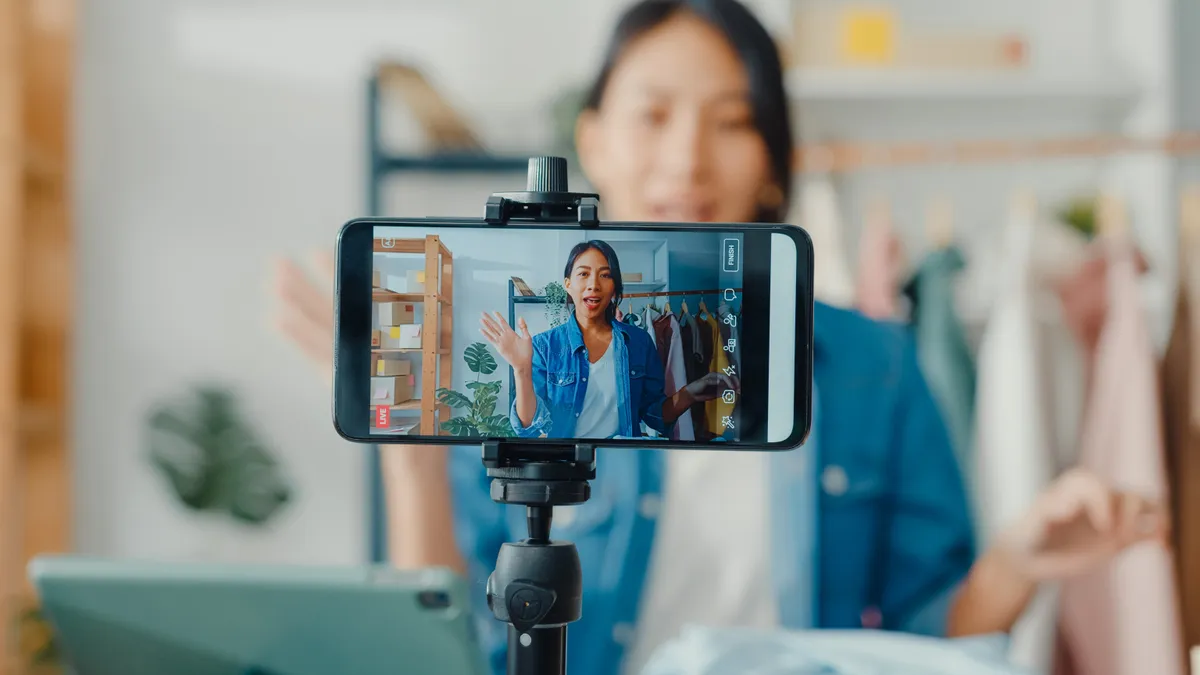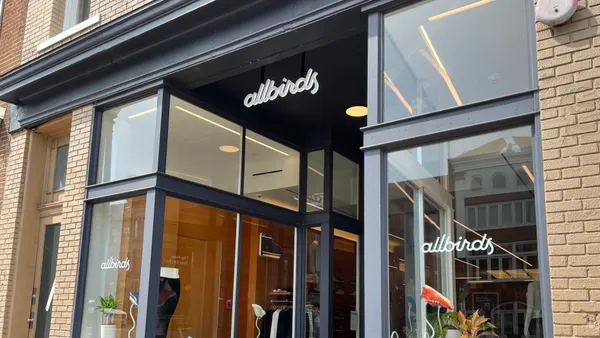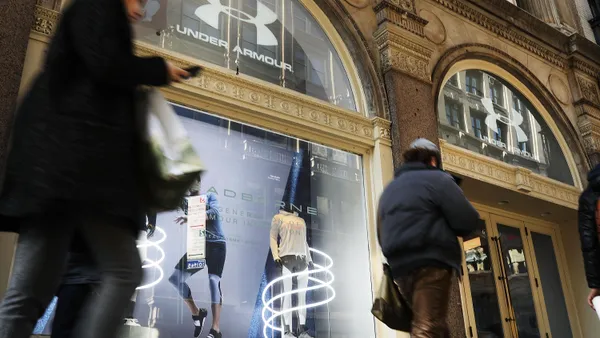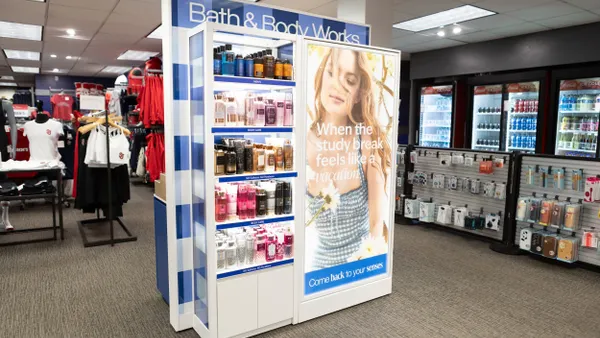It was the most downloaded app in 2021. It has more than one billion monthly active users. And it's the world's third-largest social network.
TikTok has risen to the top faster than almost any other platform and its market dominance is unlaid groundwork for brands and retailers to build and strengthen customer relationships. As a destination for mobile-friendly video content – originally short-form but now also longer formats – TikTok has created an entirely new approach to marketing and selling to consumers.
What makes TikTok a retail engine?
Creating ways to monetize user-generated content is the company's sweet spot – #TikTokMadeMeBuyIt has more than 4.1 billion views. The app gained overnight popularity as a place for users to be entertained or informed, as well as inspired, and TikTok has been quick to develop features that provide more advertising value and selling power since.
TikTok Shopping
To make the platform shoppable, TikTok partnered with Shopify last year and launched in-app purchasing capabilities in certain markets. When users discover products while scrolling through videos, they can click through to a Shopping tab on businesses' TikTok profile. Companies can either sell directly on TikTok in a native shopping experience where product management, shipping, billing, purchasing, and returns all take place directly on the platform, or they can use partner integrations to handle certain parts of the checkout and post-payment process outside of the app. Not only does TikTok Shopping create more sales opportunities for brands and retailers, but it also allows creators to get commission on their content through the TikTok Affiliate Program.
TikTok Dynamic Showcase Ads
TikTok launched Dynamic Showcase Ads in September 2021, which make it easier for brands and retailers to promote their products through personalized, targeted advertisements on the platform. Instead of starting from scratch or relying on sophisticated content creators, companies can create ads from available templates that match the style of TikTok's unique video format. Dynamic Showcase Ads pull data directly from product feeds to autogenerate content that is engaging, relevant and desirable to TikTok's audience. As long as product feeds are consistent and up-to-date, brands and retailers can deliver high-quality ads that lead to positive brand experiences and more sales.
TikTok Creator Marketplace API
Another step TikTok has taken to improve collaborations between content creators and businesses is the launch of TikTok Creator Marketplace API. The new API grants brands and retailers access to audience demographics, growth trends, best-performing videos, and real-time campaign reporting. Using these insights, companies can better identify the creators with the most influence over their target market to build smarter partnerships.
4 steps for driving sales on TikTok
Unfortunately, commerce anarchy has made all of this sales potential on TikTok nearly impossible to achieve. With data silos and inefficiencies created from outdated and disconnected tech stacks, companies are struggling to maintain quality, consistent, and accurate product feeds that are needed to power successful TikTok campaigns.
However, product-to-consumer (P2C) management can help brands and retailers simplify how they manage their product data on TikTok – as well as on the hundreds of other marketing and selling channels where their customers spend time. Leveraging a strong P2C strategy, companies can perform the following four steps to deliver a compelling TikTok experience for consumers:
Choose the right products
TikTok users don't want to be bombarded with ads. They expect to come across products in a subtle, authentic way. That means brands and retailers need to be strategic about the products they place on the platform. Having clear visibility into campaign performance across the entire commerce ecosystem can help companies identify which products drive the most conversions on TikTok.
Tailor content
TikTok content has a wide range, from dance videos and travel compilations to cooking tutorials and history lessons. This variety of content style requires brands and retailers to customize their product information for each specific genre to ensure its well-received from users. Personalization of product data is also important for businesses to appropriately connect with the right audiences. There's a misconception that TikTok is only used by younger generations, but only 70% of TikTok users are under 35. That means there's still 30% of the population on TikTok that didn't grow up with meme culture.
Maintain quality
The information about brands and products that people consume from TikTok needs to match the information they consume on other social platforms or retail marketplaces. Companies need to streamline and automate how they update their product data across the entire commerce ecosystem to ensure their presence on TikTok is consistent with all other consumer touchpoints.
Adapt quickly
The top performing TikToks are all based on trends that go viral. Following these trends is important for businesses, considering 83% of consumers browsing TikTok say seeing trending content has inspired them to make a purchase. Brands and retailers that have an agile commerce approach, like P2C management, can quickly adapt their ads and product information with the latest buzzworthy TikToks to gain more traction.
Recognizing the relevance and influencing power of TikTok isn't difficult. The hard part is aligning tech stacks and gaining control over commerce operations to take advantage of the platform's selling and branding opportunities. But by prioritizing high-quality product information and setting up effective management processes like P2C management, brands and retailers can transform how they connect with consumers through the dominant video storytelling app.
For more information on how to increase sales on other social commerce platforms like Instagram, Snapchat, and Pinterest, download the Productsup social commerce guide.










